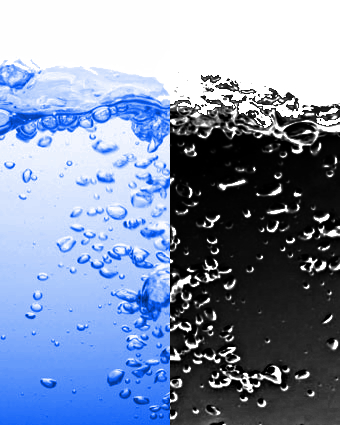Future fuel from low-power water split
 As major car-makers Toyota, Hyundai and Honda prepare to release vehicles powered by hydrogen fuel cells, a new device could help the spread of advanced transport.
As major car-makers Toyota, Hyundai and Honda prepare to release vehicles powered by hydrogen fuel cells, a new device could help the spread of advanced transport.
Although touted as zero-emissions vehicles, most hydrogen cars will run on a fuel that requires natural gas or other fossil fuel-powered processes to produce.
This means that the net benefit is still negative, as harmful pollutants are emitted in the effort to save them.
But it could be improved soon, with US scientists unveiling a low-cost, emission-free device that uses an ordinary AAA battery to produce hydrogen by water electrolysis.
The battery sends an electric current through two electrodes that splits liquid water into hydrogen and oxygen gas. Unlike other water splitters that use precious-metal catalysts, the electrodes in the Stanford University device are made of inexpensive and abundant nickel and iron.
“Using nickel and iron, which are cheap materials, we were able to make the electro-catalysts active enough to split water at room temperature with a single 1.5-volt battery,” says Dr Hongjie Dai, professor of chemistry.
Major manufacturers have already started leasing hydrogen fuel cell cars in the US, but even when they are made widely available from 2015, most will still run on fuel manufactured at large industrial plants producing hydrogen by combining very hot steam and natural gas, an energy-intensive process that releases carbon dioxide as a by-product.
The hope is that technologies such as the new low-cost electro-catalysts will bring high water-splitting rates with long durability, so that the entire production cycle of the new fuel is as ecologically friendly as possible.
The development is discussed further in the following video.







 Print
Print